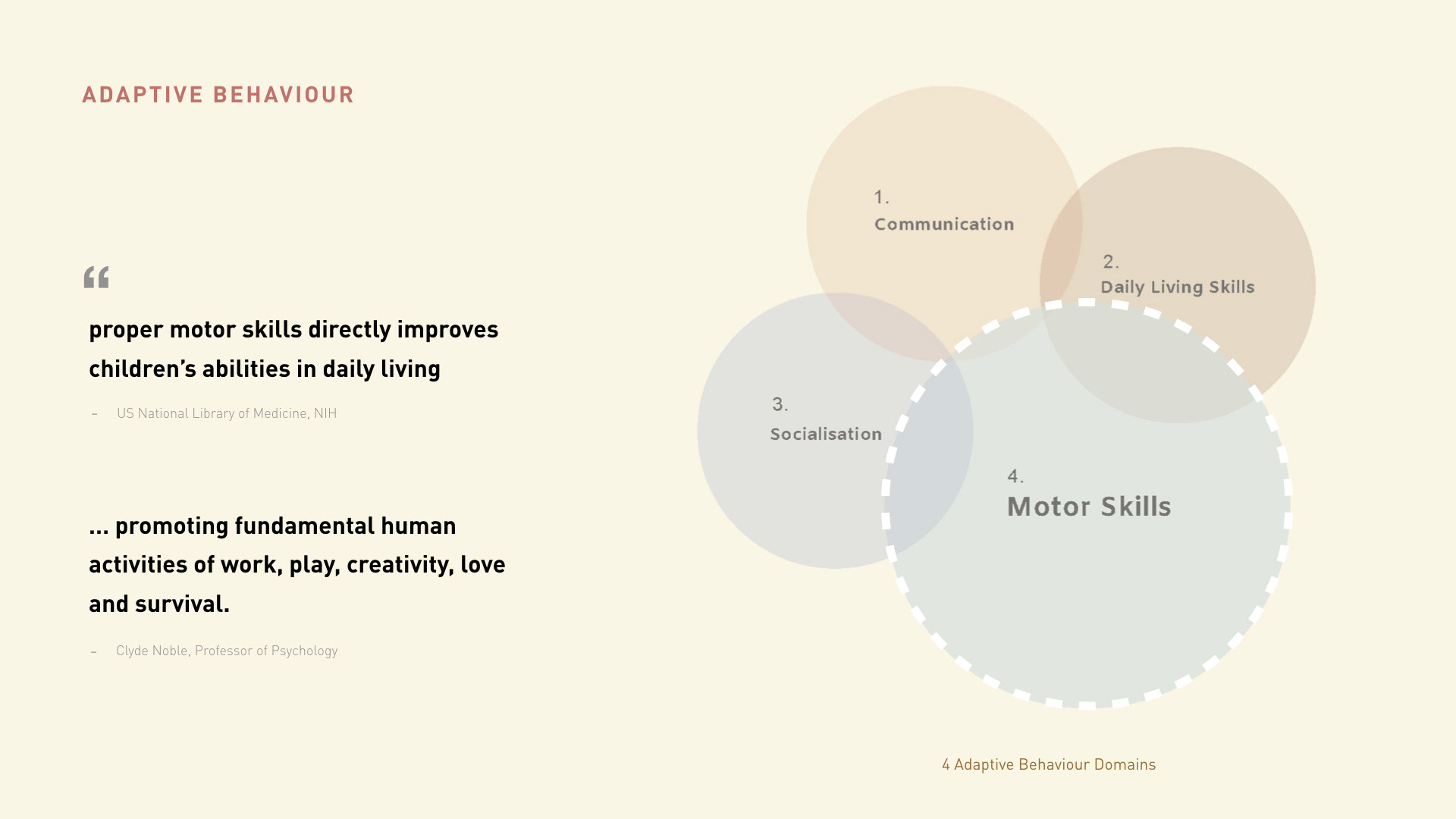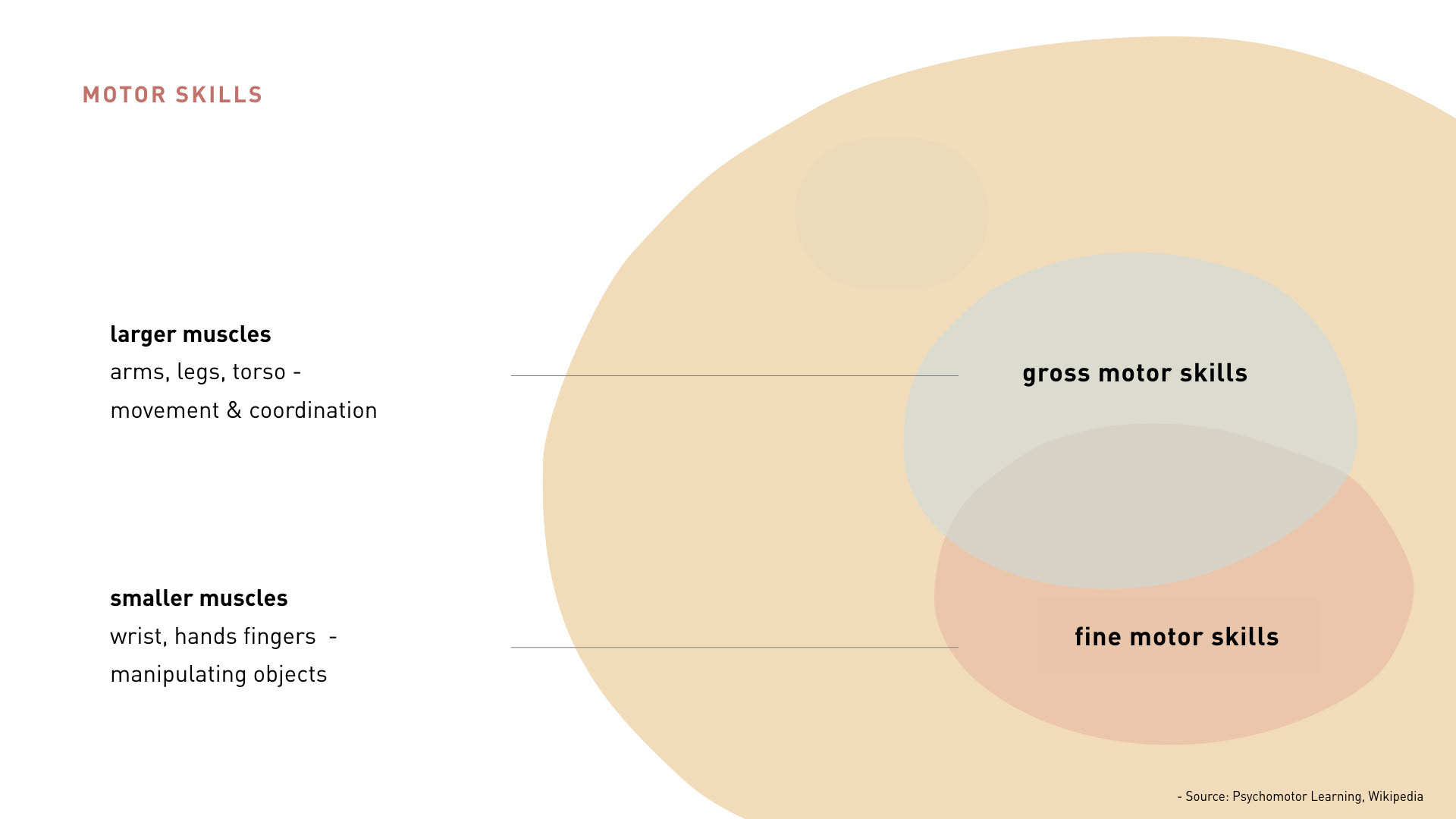Tug
In collaboration with MINDSVille @ Napiri, Children's Wing
Individual Graduating Thesis Project
B R I E F
For this 1 year thesis, I collaborated with MINDSVille Children's Wing to develop a gaming platform that encourages children with Intellectual Disabilities to perform fine and gross motor skill training. With motor skills strengthened, it helps these children with improving performances in Activities of Daily Living (ADLs).
R E S E A R C H
Over a year, the professional advice of Special Educators, Occupational Therapists, case officers and nurses from Metta School and MINDSVille was sought. Observations in centres, training programmes and research forums was done to understand the current situation and to identify current product developments applicable for these children. Prototypes and tests were done over a period of 6 months to develop a functional gaming platform that caters to the children's level of understanding and monitor improvement.
I N T R O D U C T I O N
Tug is an interactive open source gaming platform aimed at children with Intellectual Disabilities.
It consists of a digital platform designed to work in reaction to physical movements to captivate the children in physical therapy, engaging and strengthening both their gross and fine motor skills.




P R O T O T Y P E S + I N S I G H T S
Prototypes were focused on bringing interactive feedback to the motor skills activities, such that when a child performs an action, it is reflected through the moving graphics.
However, I had to take note of some things:
1) there needs to be some form of resistance in order for the motor skill to be strengthened
2) there was a stronger need to encourage the child to initiate the task independently
3) I had to develop a method to prevent the child from cheating or performing the exercise incorrectly
Programme was refined to react not only to movement, but also colour - to act as a form of'control'
P R O G R A M M I N G - Colour Sensing
In order to captivate children's attention and motivation to perform therapy, incorporating visuals and audio feedback was necessary. With prototypes done, programming was added in to prevent the children from 'cheating' during their tasks and complete the proper movements / actions.
The programme included Video Sensing - tapping onto a device's webcam, the child would act as the 'main character' of the game, seeing themselves in the screen while capturing their actions should monitoring be necessary.
The programme was refined to introduce Colour Sensing so the game reacts not only to movement but also colour, as an added 'control' to prevent the children from 'cheating'.
Tools helped to add resistance, to increase the difficulty levels, and isolate the children's fine motor skills.
Each tool was designed for different fine motor engagement
T O O L S - Adding Resistance
In order to be a 'training tool', resistance was added into the tool, which resembles stretching a grilled cheese sandwich.
By creating different tools for different fine motor engagement, the children could more easily understand the function of each tool without confusing or complicating the interaction.
Fine Motor
Simple tools were built to encourage the children to strengthen their hands and small finger muscles.
With the graphics, they were encouraged to challenge their hand-eye coordination as well.
Simple tools were built to encourage the children to strengthen their hands and small finger muscles.
With the graphics, they were encouraged to challenge their hand-eye coordination as well.
Gross Motor
Children had to use their hands to capture the falling apples,
engaging their arms, hand-eye and bilateral coordination skills.
Children had to use their hands to capture the falling apples,
engaging their arms, hand-eye and bilateral coordination skills.
Gross Motor
Moving the device from the table top to the floor increased
the amount of movement required from the children.
Moving the device from the table top to the floor increased
the amount of movement required from the children.
M O V I N G F O R W A R D
A simple tweak was done to the programme, to make the graphics move up and down. Children were then asked to use their arms and bodies to interact with the graphics instead of just their hands, engaging their bigger or gross muscles.
T H E R A P Y R E D E F I N E D
By making therapy accessible and enjoyable, this thesis aims to improve the independence of these children by strengthening their motor skills to aid in their Activities of Daily Living (ADLs.), giving them an active, fun and more physical therapy time.
Much thanks for the staff in MINDSVille Children's Wing for the cooperation and support during this thesis, and of course to the children who participated in my games! :)
* Scratch by MIT programming was used in this project